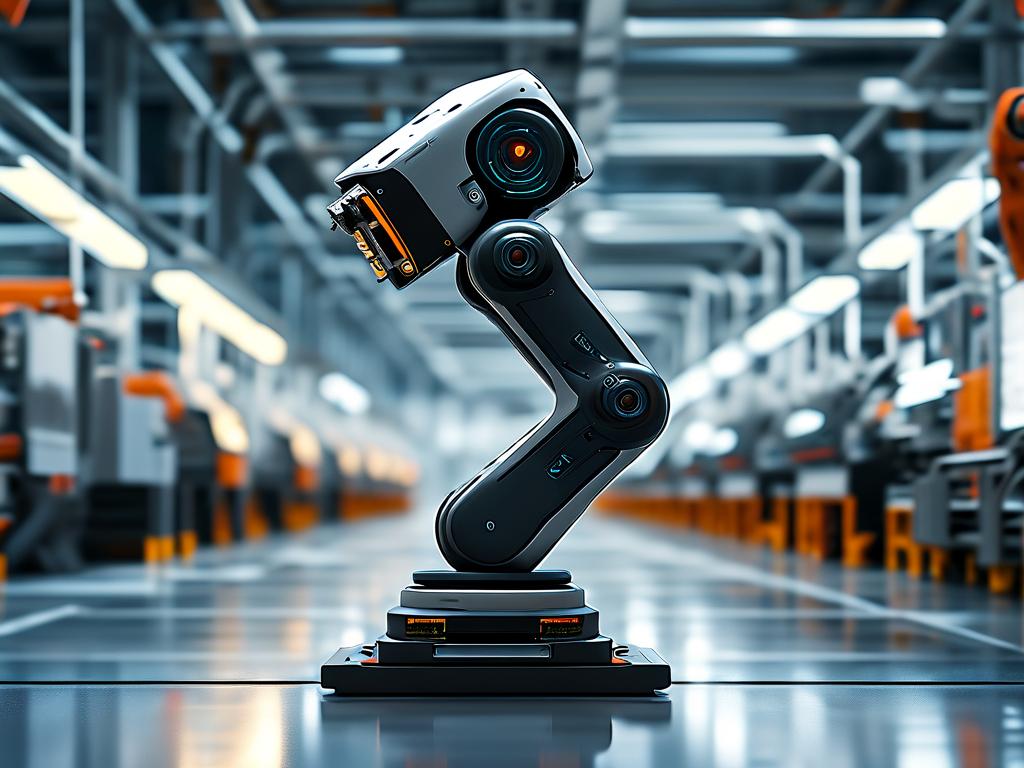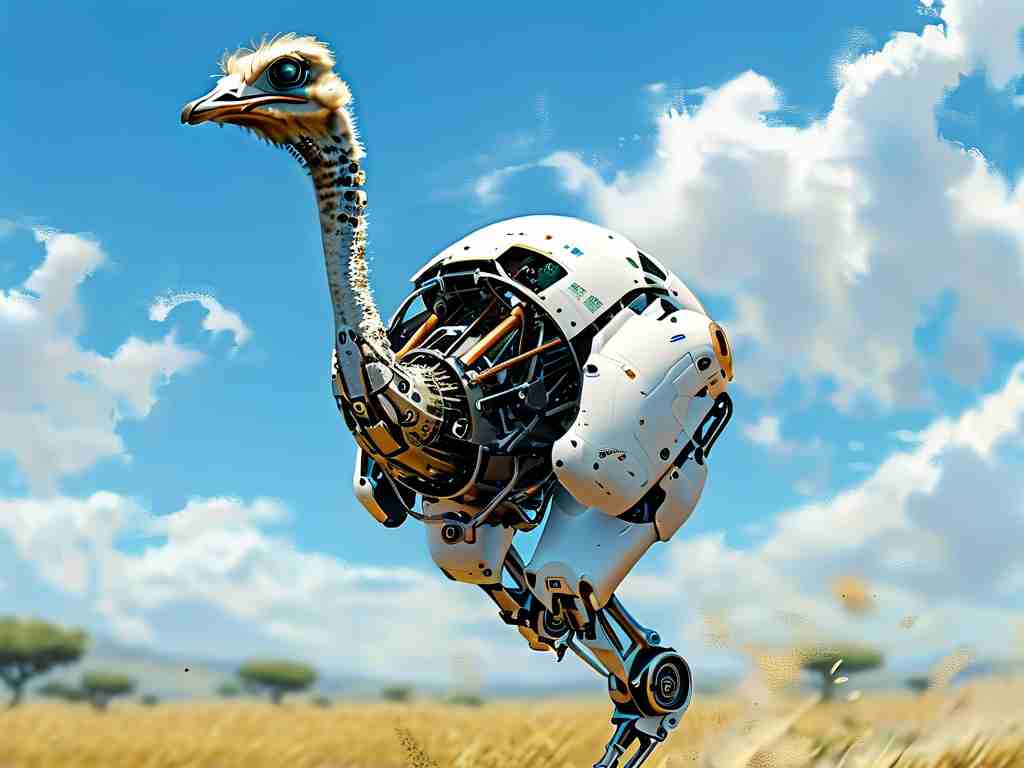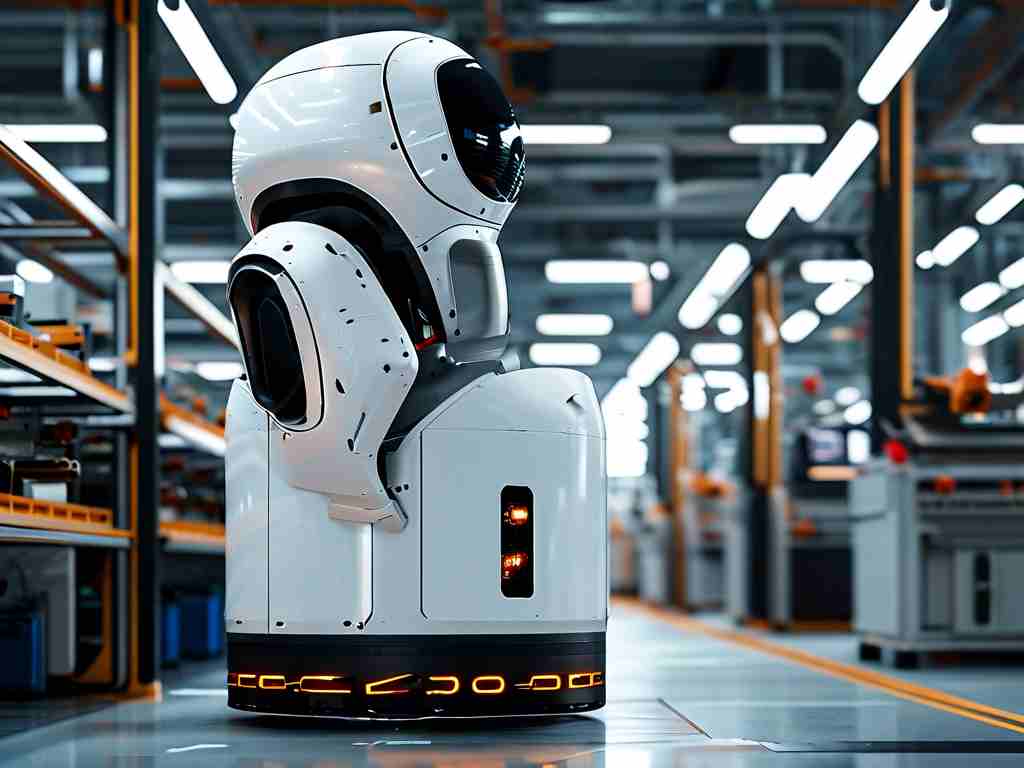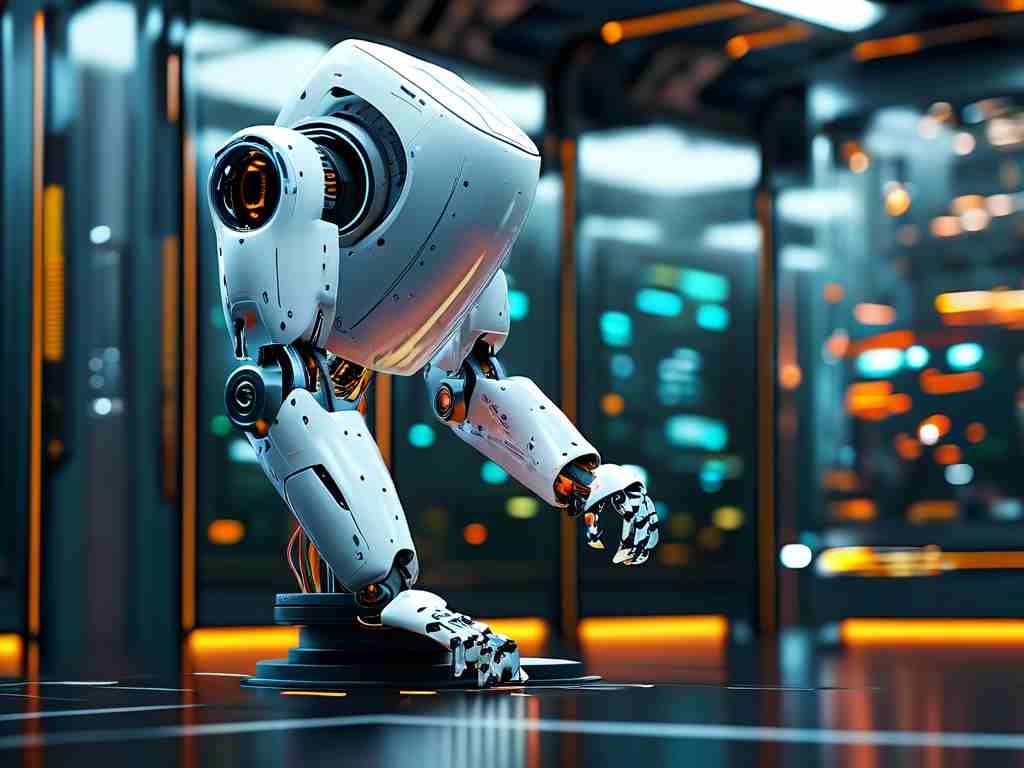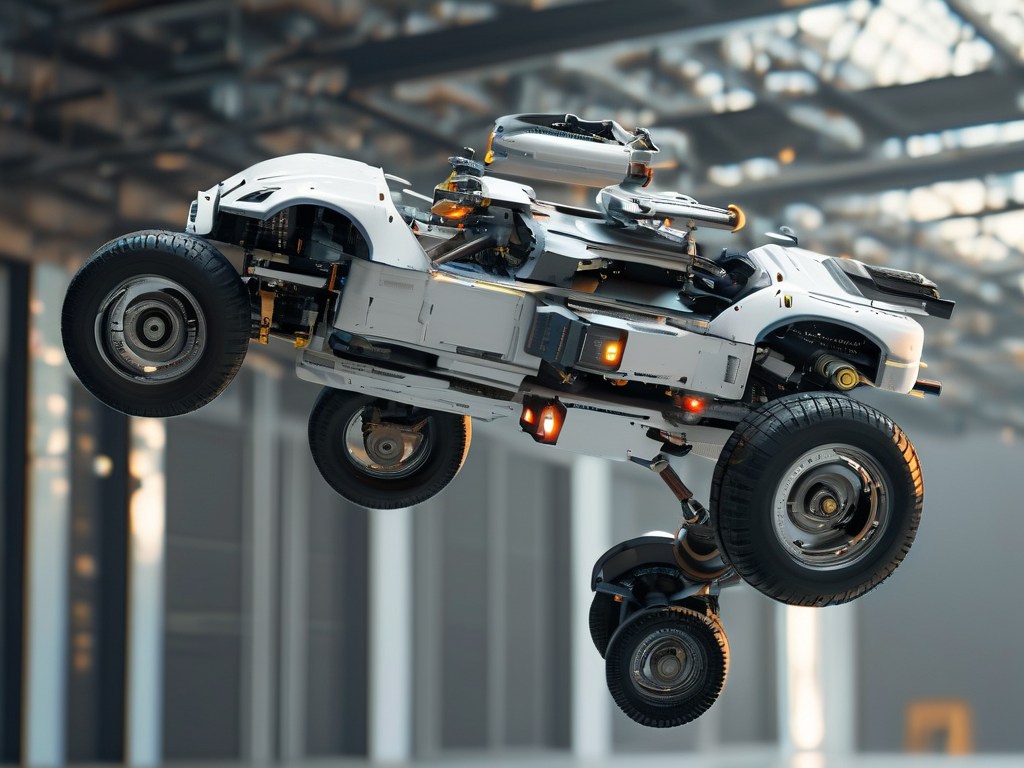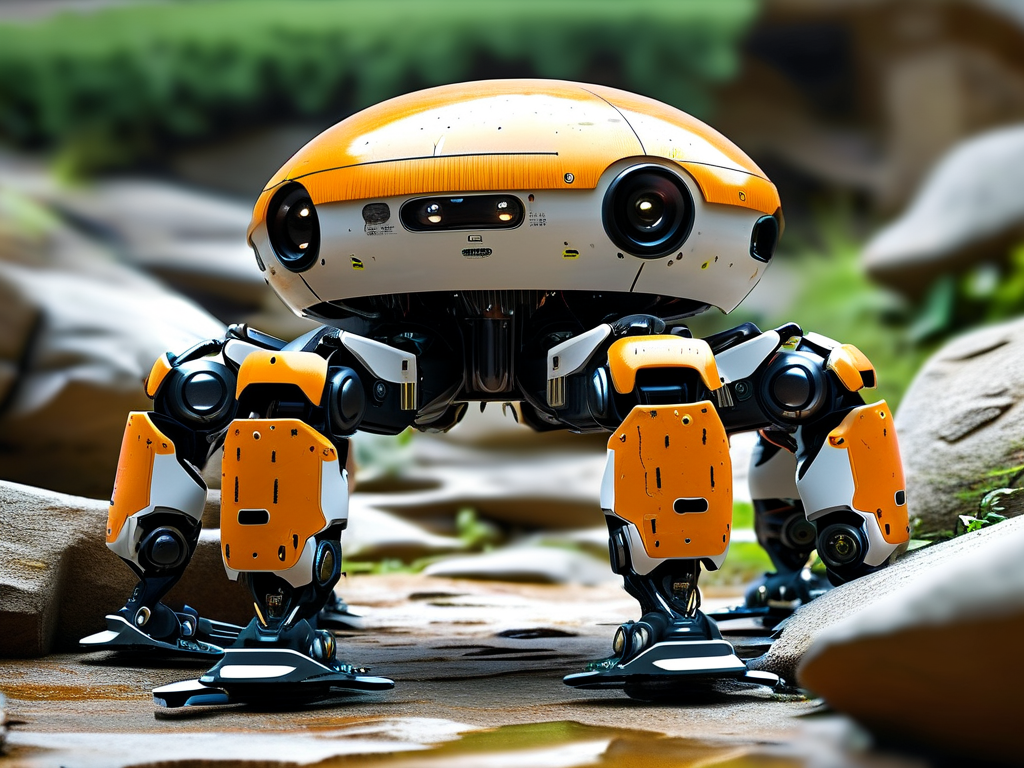The field of robotics has witnessed a paradigm shift with the emergence of agile bipedal machines capable of sprinting at unprecedented speeds. This article dissects the core technologies enabling robotic sprinting, exploring biomechanical inspirations, hardware innovations, and cutting-edge control systems that collectively push the boundaries of mechanical athleticism.
1. Biomechanical Foundations
Human sprinting mechanics provide critical design insights. Researchers analyze three-phase motion patterns:

- Stance Phase Optimization: How robots achieve 80-120ms ground contact times while maintaining stability
- Swing-Leg Trajectory Planning: Bio-inspired knee flexion angles (65-75°) for obstacle clearance
- Center of Mass (COM) Control: Dynamic balancing through real-time COM adjustments at 200Hz frequencies
The ZMP (Zero Moment Point) theory, originally developed for walking robots, undergoes radical adaptation for sprinting scenarios requiring 3-5× higher torque responsiveness.
2. Actuation Breakthroughs
Modern sprinting robots employ hybrid actuation systems combining:
- Series Elastic Actuators (SEAs) with 92% energy efficiency
- Magnetorheological Fluid Clutches enabling 0.02s response times
- 3D-Printed Compliant Joints mimicking human tendon elasticity
The MIT Cheetah 3 demonstrates 400N·m/kg torque density through customized modular motors, achieving 3.7m/s sprints. Comparative analysis shows hydraulic systems still dominate for >5m/s applications despite higher weight penalties.
3. Dynamic Control Architectures
Three-layer control hierarchies enable split-second decision making:
- High-Level Path Planning (1-10Hz)
- Reinforcement learning models predicting terrain 5 steps ahead
- Stochastic optimal control for energy minimization
- Mid-Level Gait Generation (100-500Hz)
- Nonlinear oscillators synchronizing limb movements
- CPG (Central Pattern Generator) networks with phase resetting
- Low-Level Joint Control (1-5kHz)
- Impedance control maintaining 0.5mm positioning accuracy
- Disturbance observers compensating for impact forces up to 8×body weight
Boston Dynamics' Atlas robot exemplifies this through model predictive control (MPC) algorithms updating 30 times per second.
4. Sensory Integration Challenges
High-speed locomotion demands extraordinary sensor fusion:
- Inertial Measurement Units (IMUs) with <0.01° orientation error
- Distributed Pressure Sensors mapping ground reaction forces at 2kHz
- Event-based Vision Systems reducing latency to 3ms
The ANYmal C robot processes 2.5GB/s sensory data through FPGA-accelerated pipelines, enabling blind terrain adaptation at 2.6m/s.
5. Energy Management Paradigms
Sprinting robots face severe power constraints:
- Gallium Nitride (GaN) Converters achieving 98% power efficiency
- Regenerative Braking Systems recovering 35% impact energy
- Phase-Change Material Cooling maintaining motor temperatures below 85°C
Current prototypes like Honda's ASIMO E2 demonstrate 15-minute continuous sprinting through optimized lithium-sulfur battery stacks.
6. Testing Methodologies
Advanced evaluation frameworks include:

- Stochastic Terrain Treadmills simulating 200+ surface variations
- High-Speed MoCap Systems tracking 56 body markers at 1000fps
- Fatigue Testing Rigs simulating 10^7 step cycles
The DARPA Robotics Challenge revealed that 68% of sprinting failures originate from unmodeled ground compliance effects.
7. Future Directions
Emerging technologies promise revolutionary improvements:
- Morphing Limb Structures adapting leg lengths mid-stride
- Quantum-Inspired Control Algorithms solving nonlinear dynamics in polynomial time
- Neuromorphic Processors implementing spiking neural networks for reflexive control
Projections suggest humanoid robots may reach 10m/s sprint speeds by 2030, potentially revolutionizing disaster response and logistics.
This technical deep dive reveals that robotic sprinting represents not merely speed achievement, but a symphony of precision engineering, adaptive control, and biological inspiration. As these technologies mature, they will redefine our understanding of mechanical motion and its applications in the physical world.


